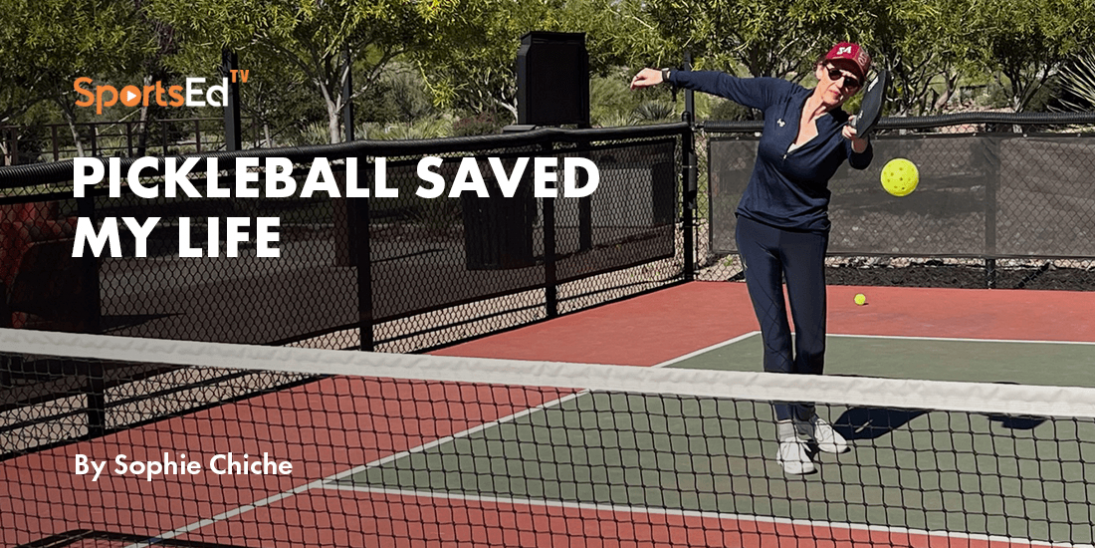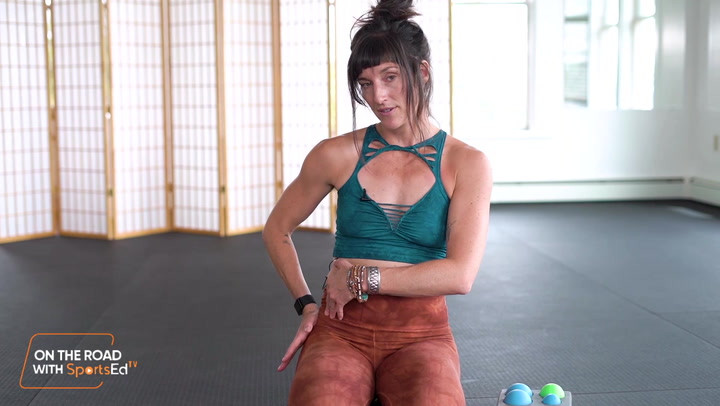Health, Pickleball
Welcome and thanks for visiting...

Short foot exercises
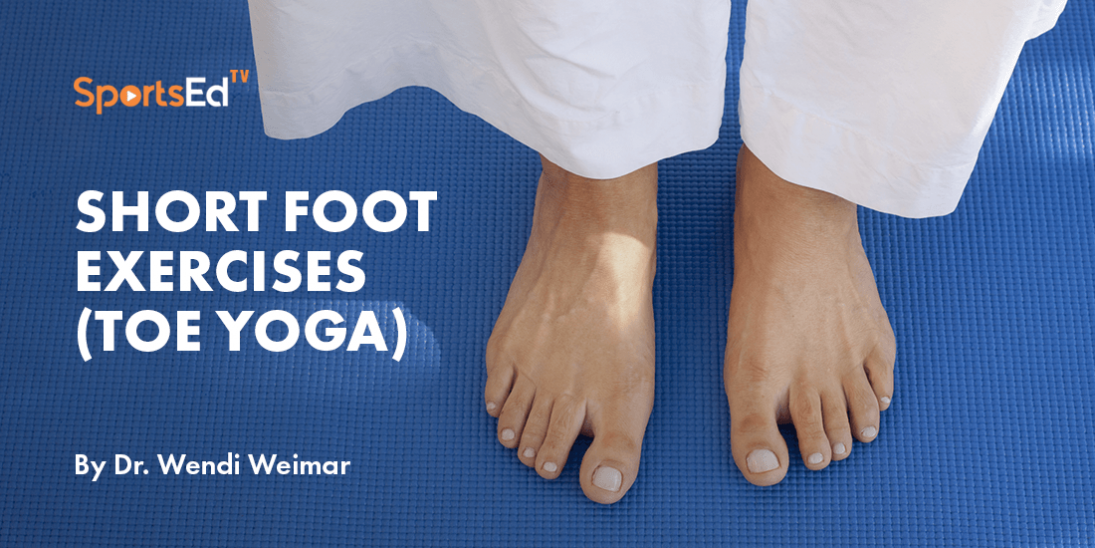
Short foot exercises (toe yoga) and the role of the big toe in the posterior chain
What are some of the most common things that come to mind when you think about footwear? They protect our feet from the environment, they increase the friction between our feet and the ground so we can push off the ground more quickly and forcefully (1). However, they can also be detrimental to our feet. Shoes that are too small or have too small a toe box can reduce or decrease our ability to move our toes, ultimately altering healthy foot function. In addition, shoes with too much cushioning can decrease the way our feet interpret the surroundings and cause some of the muscles in the lower extremity (foot and lower leg) not to be used. This blog is not about deterring you away from purchasing shoes but it’s about making sure that critical anatomical components of your foot are active.
The first thing that we are going to address is making sure that various muscles that control your toes are ‘awake’. With your shoes and socks off, can you raise and lower just your toes? When the toes come up, off the floor, this is called toe extension, and when push your toes into the floor, that is called flexion.
Foot Flexion and Extension
Extend and flex your toes and hold each position for 4 seconds. Perform this motion for 3 sets of 5 repetitions.
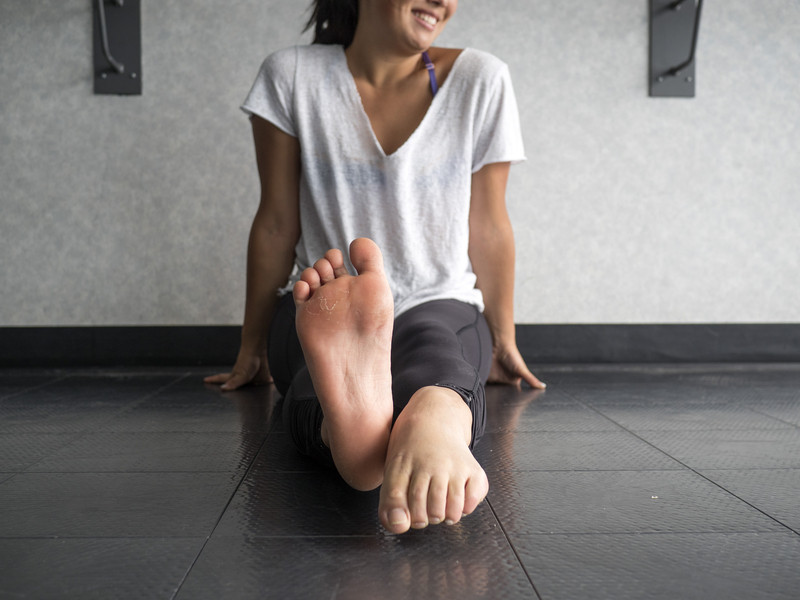
Big Toe Yoga
Extend just your big toe and press the other toes into the ground or lifting your foot. Next, push your big toe into the ground and lift the other toes. Some podiatrists believe that engaging your big toe, particularly during walking and running engages the posterior chain (calves, hamstrings, and in particular the butt). Push the big toe into the ground for 4 seconds, then push your toes into the ground for 4 seconds, for 5 repetitions.
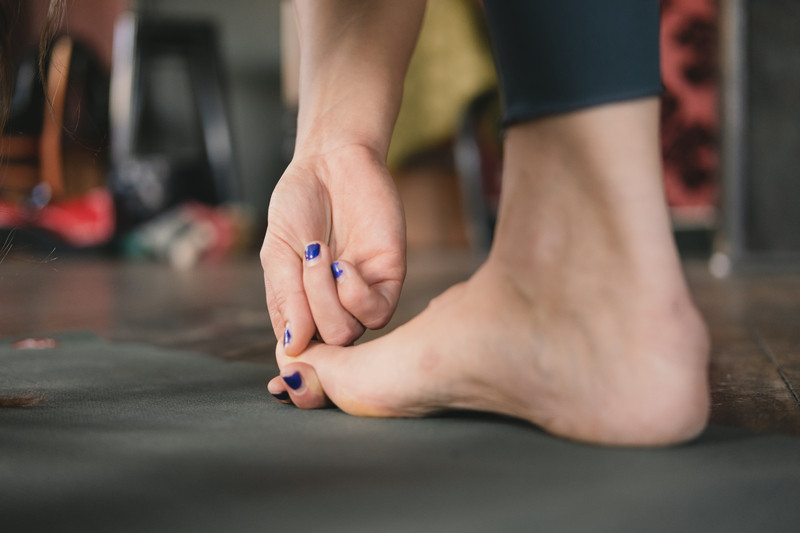
Toes Spreading
Spread your toes, hold for 3 seconds, then press your big toes and second toes together for 3 seconds. Complete 5 repetitions.
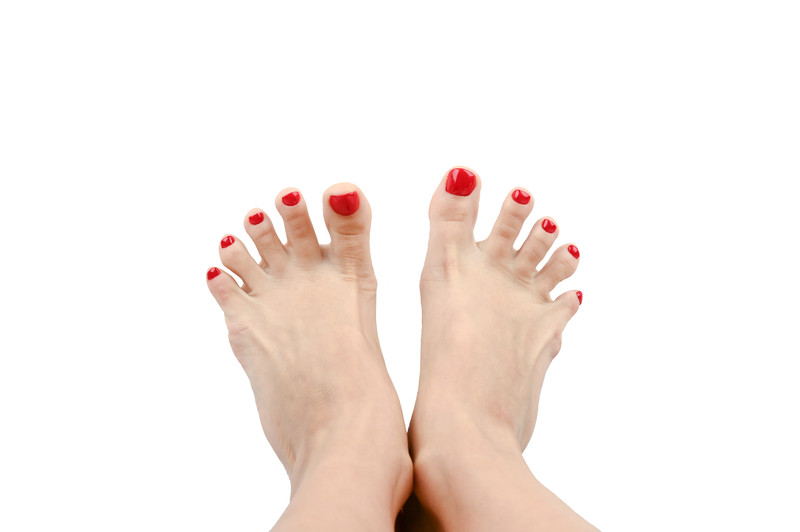
Next, let's move on to the foot in its entirety.
Foot Pointing
Point your foot, but then draw back your toes. Hold this position for 3 seconds and relax. Start this in a seated position, then try doing this foot exercises while standing (you might need to hold on to a chair or counter at first). This will help you strengthen your feet so that your foot can take advantage of your arch.
Penny and Pen Exercise
This exercise will also help with your arch and is called the penny and pen exercise. Place a penny on the floor and place the ball of your foot on a penny. Take a pen and place it under your arch. The goal is to push down on the penny (and try to draw it back toward the arch) and lift your arch. This one is tricky, so be patient. Repeat 5 times, holding for 5 seconds.
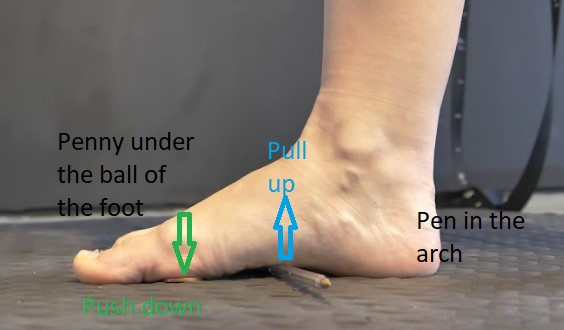
These exercises are going to help you reengage communication between your brain to your foot. At first, you might have trouble getting your toes and foot to move the way you are asking them to move. This is typically associated with limited thought about how your foot has been moving because the shoe has been taking care of the majority of the function. However, working on these exercises will help re-acquaint your foot and brain and will also help you develop more tension in your foot which will help give you better energy return when you run, plant, and cut (2,3).
See our previous blog posts about tying your shoe for better shoe and foot interaction and foot and socks.
References
1. Goonetilleke, R. S. (Ed.). (2012). The science of footwear. CRC Press.
2. Kelly, L. A., Kuitunen, S., Racinais, S., &; Cresswell, A. G. (2012). Recruitment of the plantar intrinsic foot muscles with increasing postural demand. Clinical biomechanics, 27(1), 46-51.
3. Kelly, L. A., Farris, D. J., Cresswell, A. G., &; Lichtwark, G. A. (2019). Intrinsic foot muscles contribute to elastic energy storage and return in the human foot. Journal of Applied Physiology, 126(1), 231-238.






